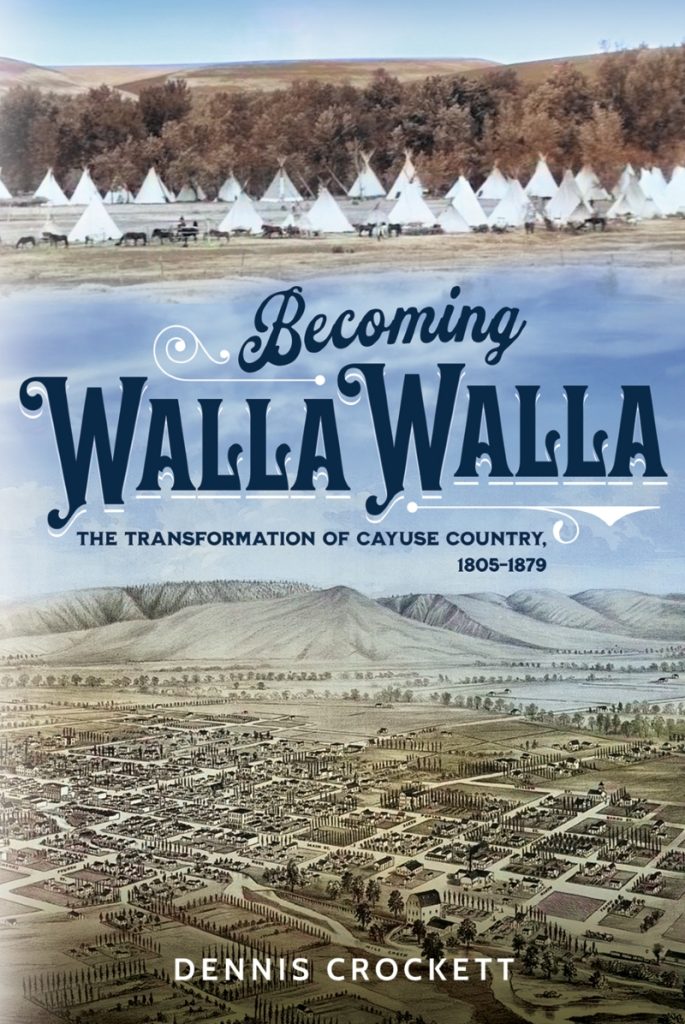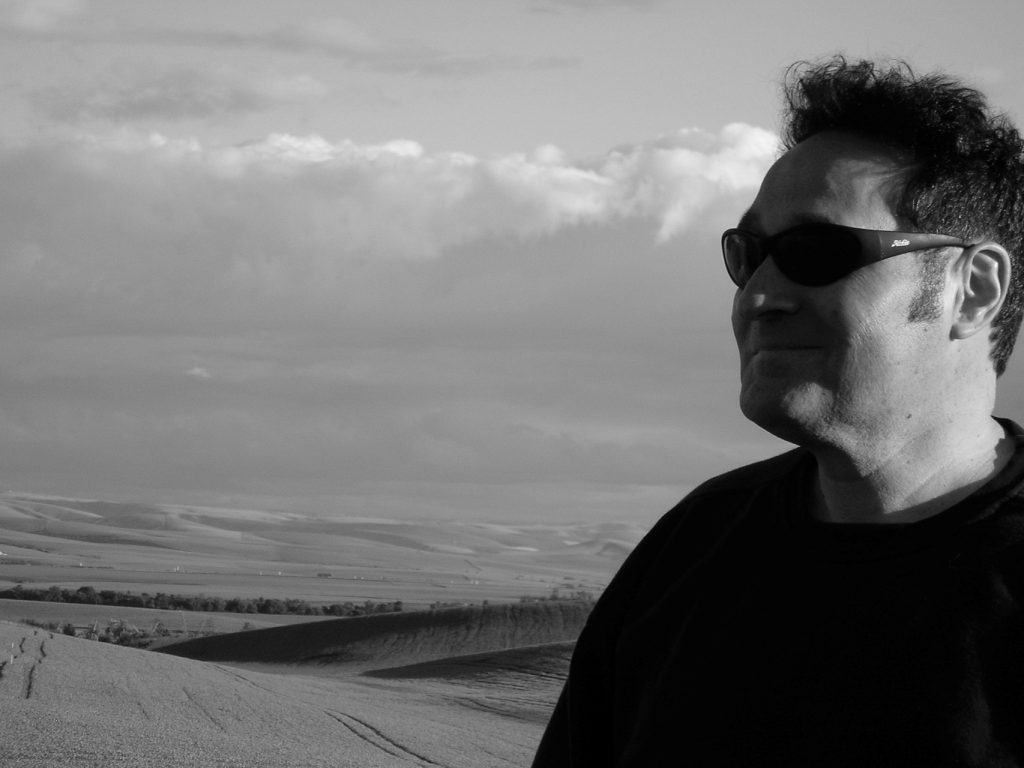WSU Press Book Delves into Walla Walla’s Early Growth, Impact on Local Tribes
When Dennis Crockett worked as a professor of visual culture at Whitman College, he taught a seminar on local architecture for several years and set out to write an architectural history of Walla Walla. He knew about the buildings and their development, but he didn’t know the events that led to the city being established in that location or time.

This quest led to his new WSU Press book Becoming Walla Walla: The Transformation of Cayuse Country, 1805–1879. Crockett chronicles Walla Walla Valley history from the time of the Sahaptian Peoples’ first encounters with Euro-Americans to the initial expiration of the U.S. government’s treaty with the Cayuse, Walla Walla, and Umatilla. The book sheds light on the city’s and reservation’s simultaneous development, reanimates the Walla Walla of the 1860s and ‘70s, reconsiders its status in early Washington Territory and Oregon State histories, and documents transformations of the region’s built and natural environments.
The first Euro-Americans to trek through the verdant Walla Walla Valley were uniformly impressed with its prospects for colonization, Crockett writes. The Cayuse remained the valley’s primary inhabitants until diverse populations with equally diverse objectives—manipulative traders, frictional missionaries, hostile colonists, an overambitious governor, a distracted Bureau of Indian Affairs, vigilante armies, and their rival, the U.S. Army—arrived and rapidly transformed the region.
Established at a fortunate location just before the Idaho gold rush, Walla Walla quickly grew into Washington Territory’s largest and wealthiest city. Simultaneously, the sudden expansion increasingly forced the Cayuse and some Walla Walla and Umatilla bands to live south of the city within ambiguously defined reservation boundaries.
Who were these Cayuse and early Walla Wallans? What was the relationship between the city and the reservation in the mid-1800s? What was Walla Walla’s place within the political and commercial spectra of a swiftly evolving Pacific Northwest? How did both city and reservation fare during the Long Depression of the 1870s? Crockett answers these questions and more in his book.

During his 30 years at Whitman College, Crockett’s research and teaching ranged from medieval European art to the house down the block. He also authored German Post-Expressionism: The Art of the Great Disorder 1918-1924.
Greg Matthews, WSU Libraries’ cataloging and metadata management librarian, grew up in Walla Walla and calls Becoming Walla Walla an absorbing and candid history of his hometown.
“His account of the area redresses some of the incompleteness of previous histories and suggests a continuity between the settlement of Walla Walla by white people and the emergence of diverse migrant communities. It’s a complex story, tragically so at times,” Matthews said. “The illustrations are well chosen and offer a refreshing contrast to imagery that is often duplicated in other works on the topic. The number and variety of sources consulted to produce this book is truly staggering, making this volume an excellent sourcebook for further reading and study.”